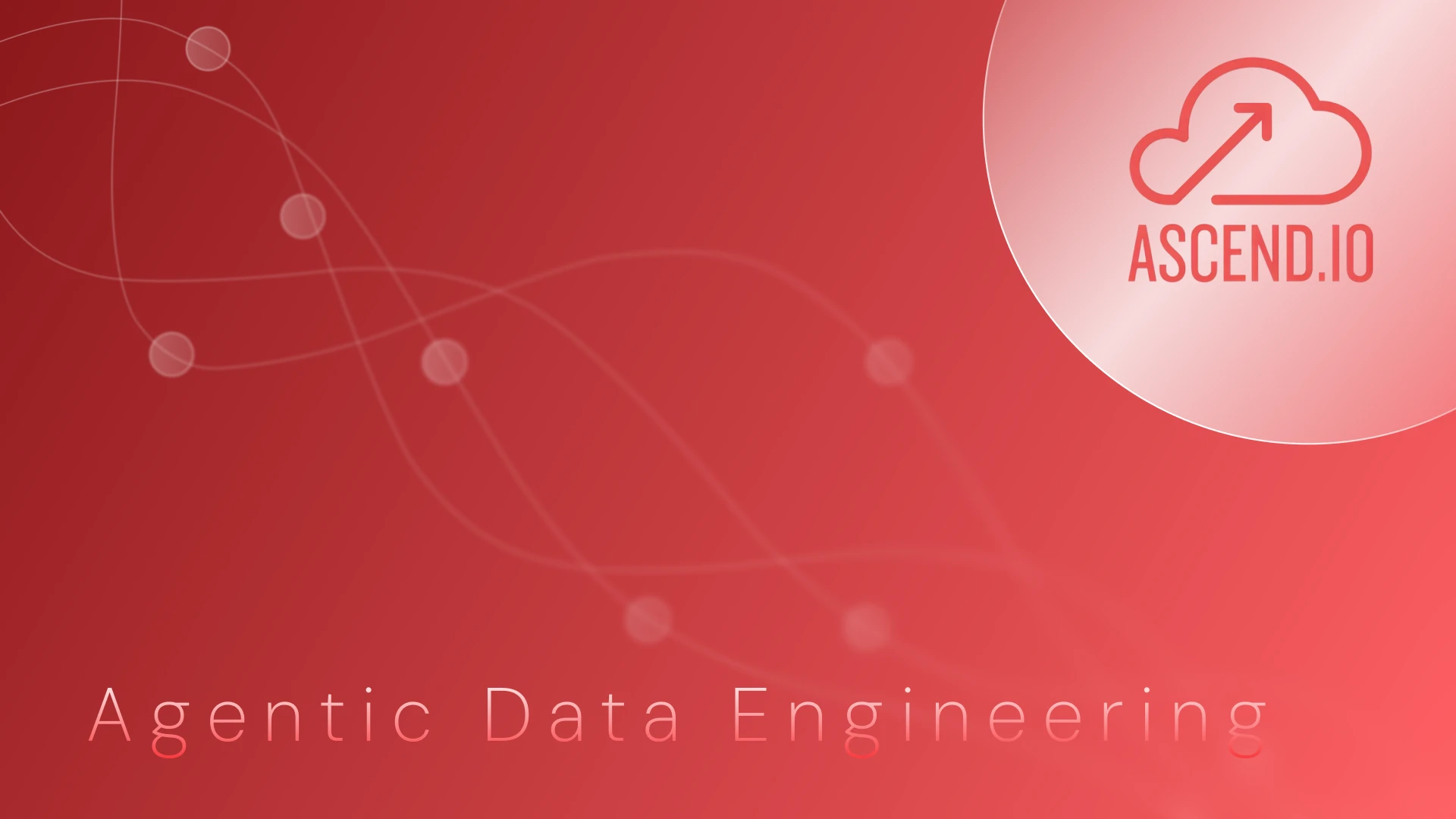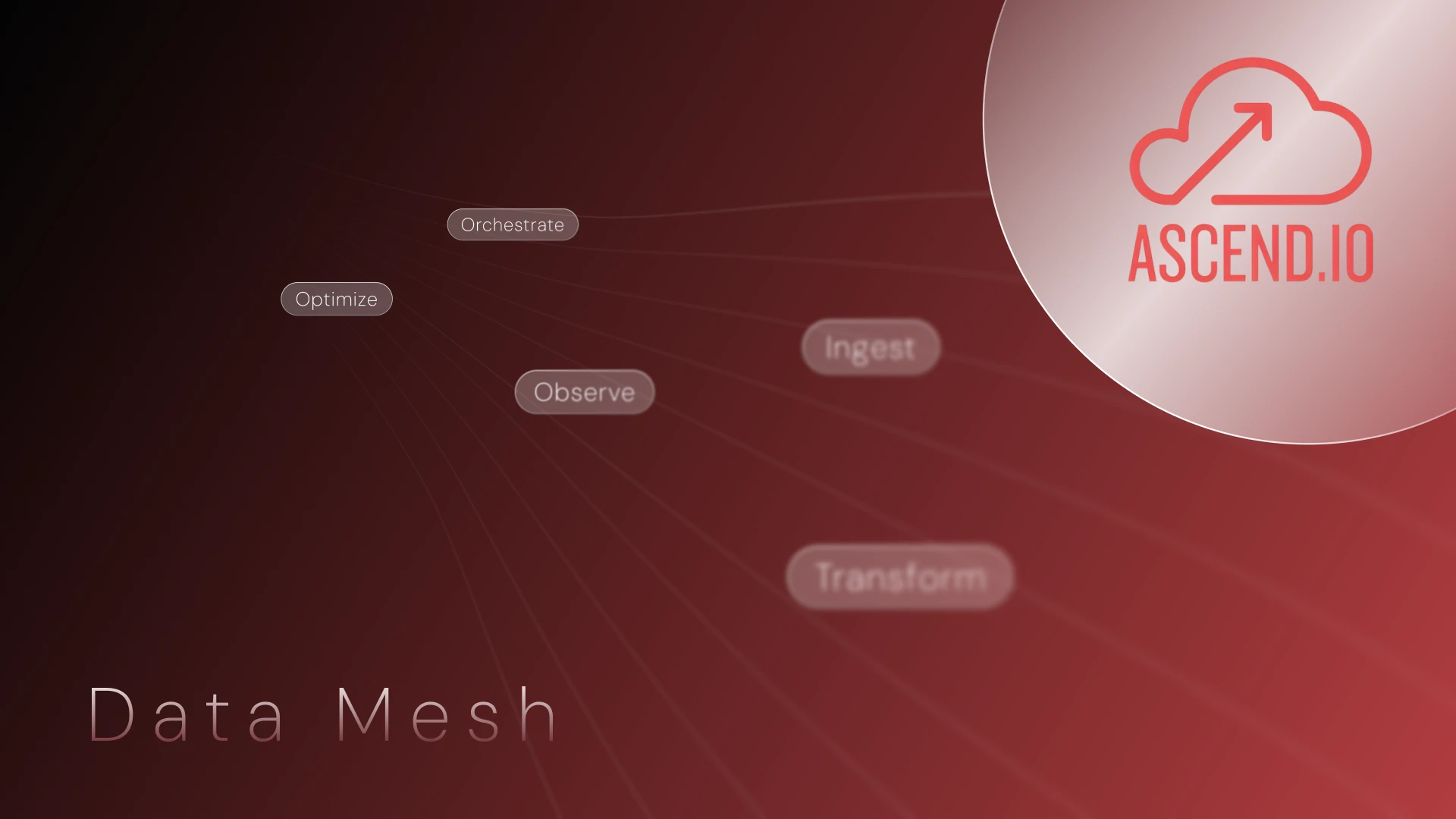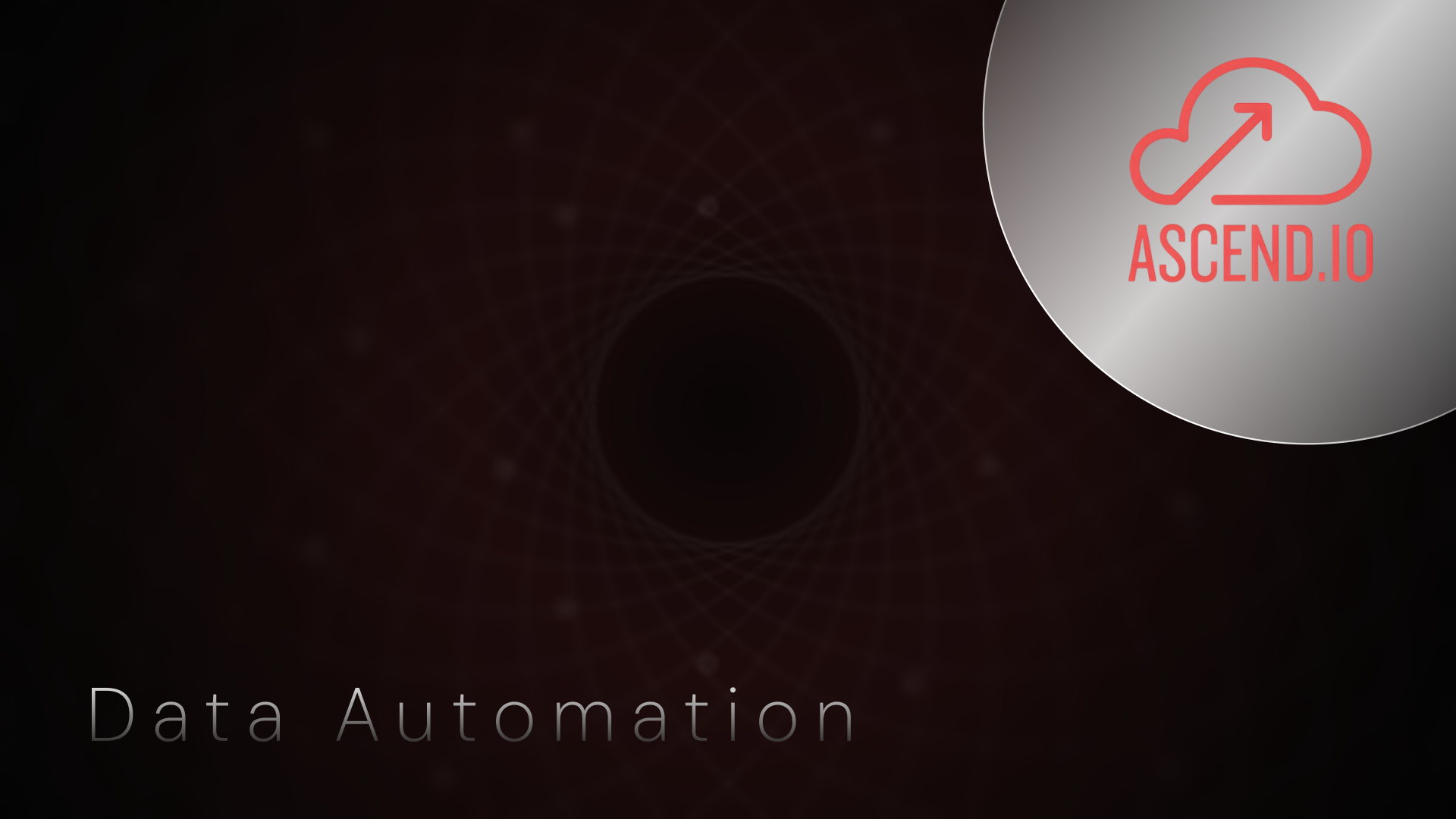Originally posted on Microsoft for Startups
By Shaloo Garg, Managing Director, Microsoft for Startups, Silicon Valley/Southwest, in conversation with Sean Knapp, Founder & CEO at Ascend.io
It was yet another Saturday morning in the Bay Area. After a hectic week, I was ready to throw my Nike’s on and hit the running trail. I carved out a course on my mobile, popped in my air pods, and off I ran. As I got underway, I realized that no matter how tough of a week it had been, it was crucial to stay focused on the track and maintain that intensity for a great run. Not always aiming for that runner’s high, but staying focused, maintaining speed, and covering that run path.
It is a lesson that Sean Knapp, Founder and CEO at Ascend lives by. I met Sean at his Palo Alto office a few weeks ago, and as we chatted about the state of the market and how industries are shifting towards “as a Service” in almost every aspect, we found ourselves on a track about what really makes a startup successful. We soon landed on three facets that set some startups apart from the many others: Focus, Speed, & Intensity. These three areas really resonated with me both professionally and personally (especially for those necessary runs!), in particular how Sean, as a serial entrepreneur, thinks about each of these as he builds a company.
Focus: For a founder, the playing field is huge. Each player is critical to success, the rules of the game are changing, the goal posts are constantly moving, not just for the first goal but every one thereafter. So how exactly does one pick those top two or three things to focus on and excel? For Sean, this always starts with research. No company exists in a vacuum. He spends a tremendous amount of time talking to people about the ideas, the market, the technologies, the customers. Which groupings seem like the right target audience and what are the common themes? What do they care about?
Once you have your data, you can determine what’s most important. This is what you focus on and execute against. But let’s accept it. The market won’t sit still, so releasing early and often becomes critical as you deliver on these focus areas.
Speed: I often feel that I’m constantly racing at 100mph at work and even in my personal life. However, speed isn’t a function of how many tasks can be juggled at once. While being busy may feel good in the short term, you’re really only making incremental progress, perhaps not even delivering on what actually matters. Sean emphasized that this over parallelizing can be a death sentence to startups.
To Sean, once you focus on the two or three goals, you put as much weight behind them as makes sense (there is always that point of diminishing returns). Put teams of engineers behind these goals, not just single individuals. This means fewer active swimlanes at a time, but the odds are better that the ones you do deliver are the right ones. The end impact is also phenomenal when results are seen in a couple weeks, not dragged on for months or quarters.
Intensity: This is my favorite one of the three facets, and the one that drives success within focus and speed. No matter how big or small the company, if there isn’t the drive to continually propel forward, nothing will move – a frustration many of us have surely had before. In Sean’s experience, this really translates to “ruthless prioritization”. There will always be new things that pop up, competing for your time. Harness intensity to quickly assess whether it helps or hurts your Speed, and whether it delivers on your focus areas. If it puts either at risk, consider it a distraction (or “squirrel” as he likes to call them, stemming from Pixar’s Up). The distractions can become candidates for the next focus area or may even disappear over time.
For his team, Sean nurtures intensity by communicating the impact of what they are working on, so that it’s clear why these focal points matter. When the goal is completed, he communicates back the resulting successes – be it new customers, closed support tickets, etc – to the teams and projects.
For Sean, success revolves around ingraining these three facets into a company’s culture. A team that can operate with focus, speed, and intensity is unstoppable – and it’s one of the unique advantages startups have overall in the market At Ascend, which recently launched out of stealth that is truly the case. Ascend has built an Autonomous Dataflow Service that allows data engineering teams to quickly build, scale, and operate continuously optimized, Apache Spark-based pipelines. There is no shortage of demands and feature directions in the data management landscape, but Ascend, true to form, has been able to navigate the constant changes and distractions. They are focused on where the market is moving to – declarative development and automation – and deliver on this quickly and continuously, while aligning the whole company’s intensity around the shared vision.
One area I’m particularly excited (and blown away) by is Ascend’s support for Azure in their multi-cloud offering .When Sean and I first chatted, it had just come up that one of their early customers was evaluating moving to Azure (a public cloud they did not yet run in). And just a few days later, Sean shared that the first Azure beta was up and running. It was remarkable to see the focus, speed, and intensity in action!
I’m very excited to have Ascend.io as part of Microsoft for Startups Silicon Valley portfolio. At Microsoft for Startups, our core philosophy is around founder’s success. And with many other startups like Ascend in our portfolio, we continue to work closely with founders to align with their business goals- whether it’s their first customer or scaling to millions of users. From technical resources and free cloud credits, to selling alongside the Microsoft sales team and partner channel, we are constantly looking for avenues to enable startup success. To learn more, please visit startups.microsoft.com.
See you in the field!
.webp)




.webp)

.webp)



.webp)





.avif)
